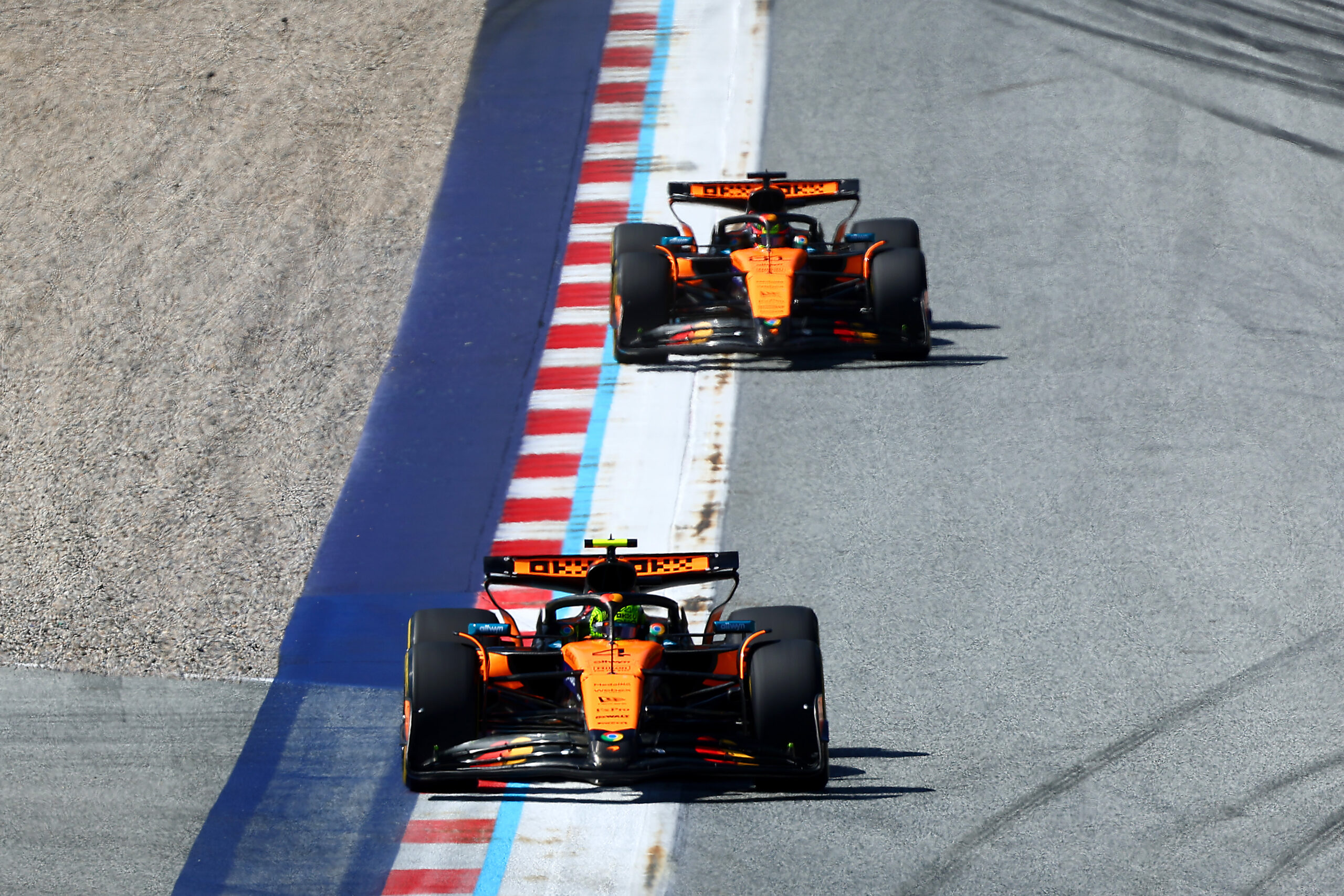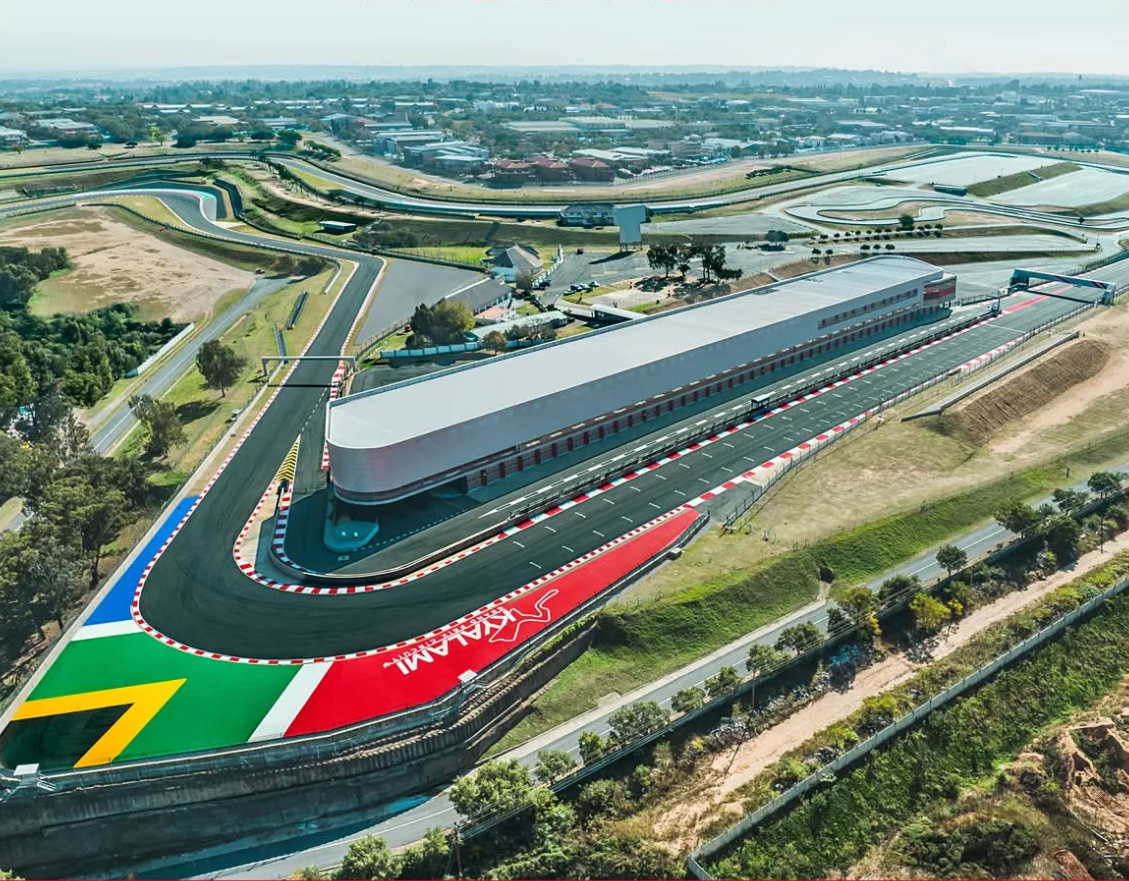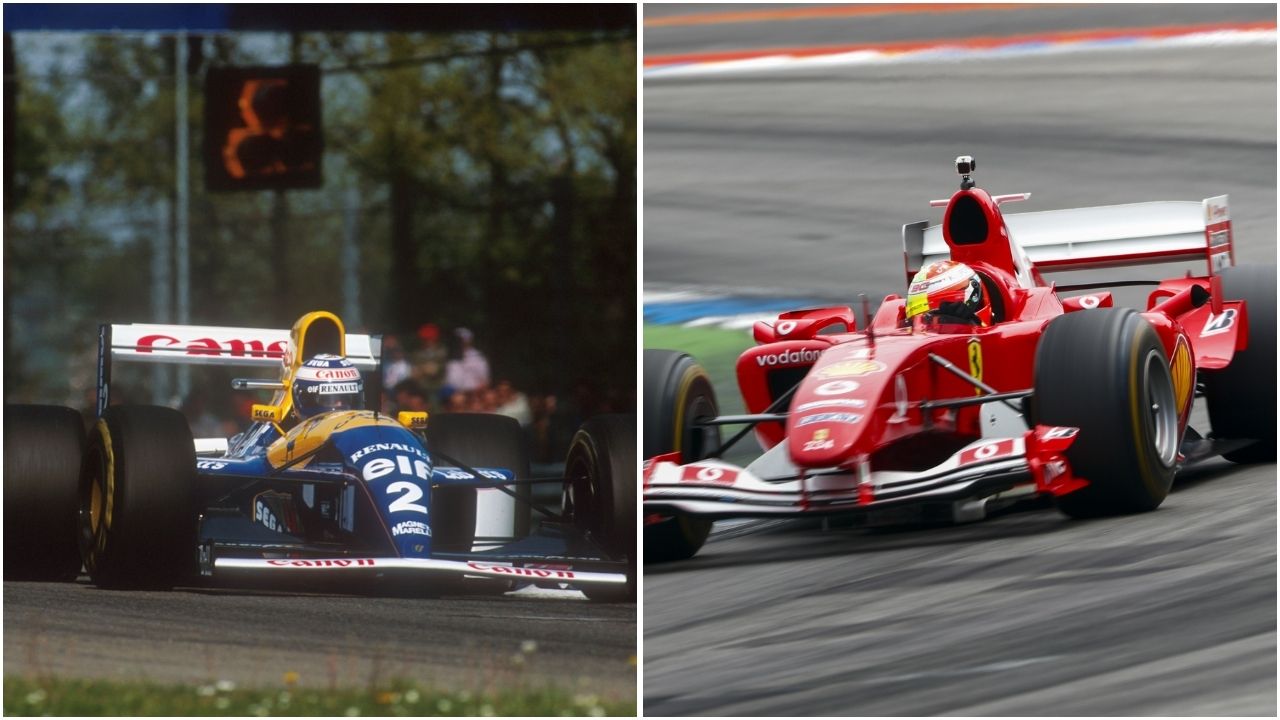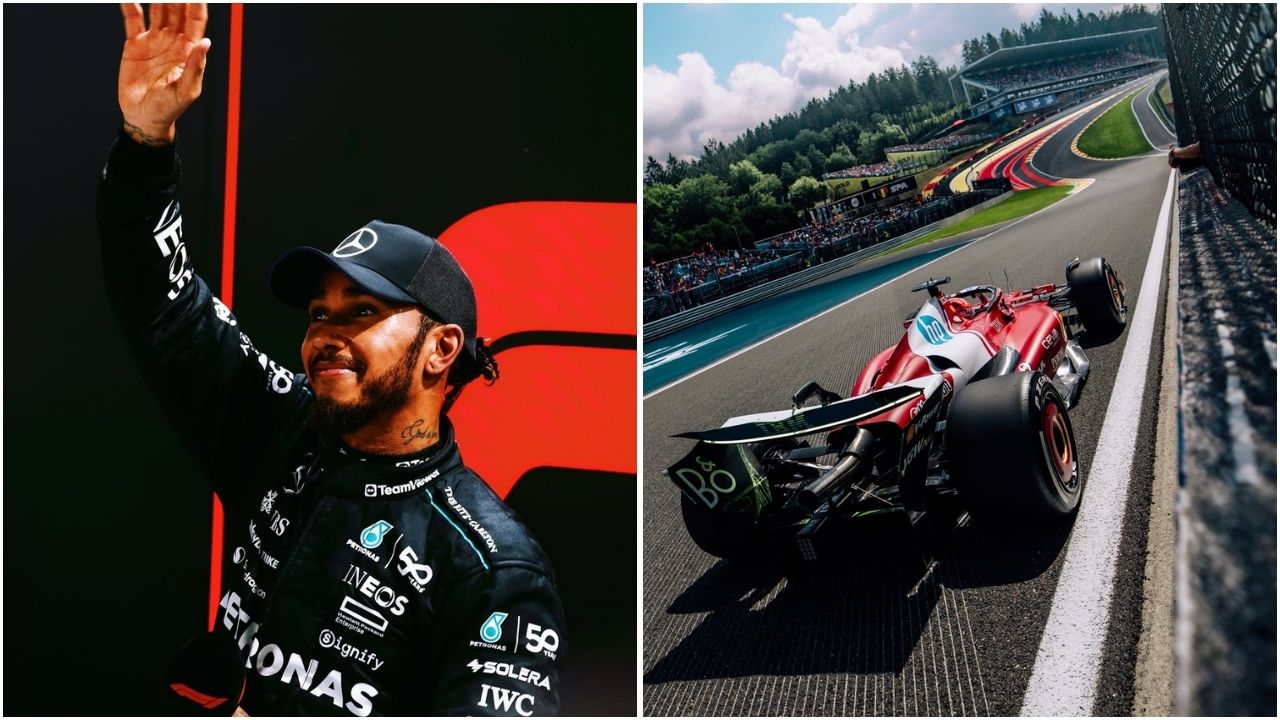Good aerodynamics is the key to achieving peak performance in F1. With all engines delivering strong power in recent seasons, teams are forced to work on their cars’ aero properties to keep them faster than their challengers on the track. These aerodynamic elements are most effective in corners, which decide a car’s overall pace around a particular track.
Downforce, slipstream, clean air, and dirty air are part of F1’s vocabulary. They are all ultimately related to the aerodynamics of a car and how it is affected by other cars on the grid. But what do they mean? It’s quite simple to understand. A car generates downforce when it speeds up. The more downforce a car generates, the faster it can move through corners. This enables the car to move faster around the circuit.
To understand the other terms, it is important to know how air acts as a barrier. Although it doesn’t sound like much, when these machines go higher than 340km/h (211 mph) on a circuit, the “air barrier” does matter. That is the primary reason for the shape of the cars. It allows them to fly through the air without collecting much drag, which could potentially slow them down.
When a car follows another car closely on a straight, the car in front clears the air barrier. This allows the car behind to go faster as there is no physical air barrier blocking it. This is termed slipstream in F1. A slipstream reduces the downforce of the car behind, speeding it up by quite a bit. This is essential for overtaking; however, it can also be extremely bad for the car behind. But how?
Understanding “dirty air” in F1 through simpler examples
A driver is said to be in the “dirty air” of another driver when they are closely following a car. While this is one way to overtake on straights, it largely hinders the car’s aerodynamic capabilities on a corner.
One simple way to understand this is to imagine you’re sailing on a boat on a calm water body. All of a sudden, you start following a Jet Ski. The Jet Ski would create powerful waves and ripples in the water that could destabilize your boat. Dirty air acts in the same way.
When a driver follows another driver through the corners, the irregular air flow coming from the car ahead affects the aerodynamics of the car behind. This results in a reduction of downforce, which further leads to slow cornering. Hence, it is termed “dirty air.” Being in the dirty air too much can also result in more tire wear, and elements begin overheating as well.
This is why F1 cars tend to be much faster in dense, clean air, as the flow remains consistent, capitalizing on the car’s aerodynamics.



